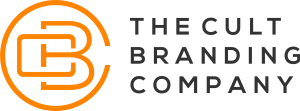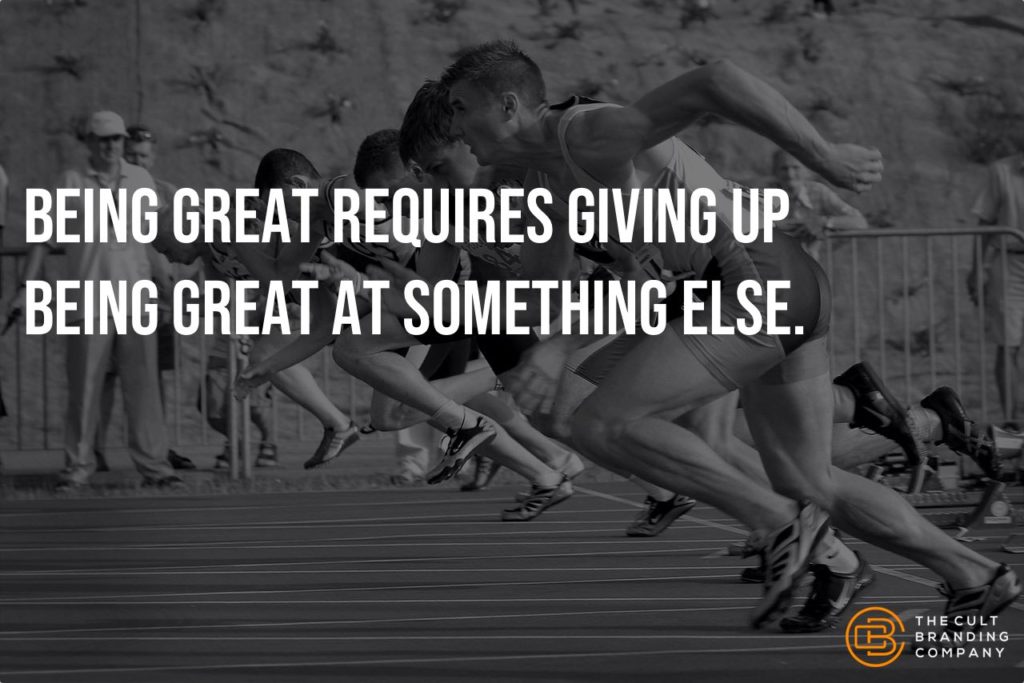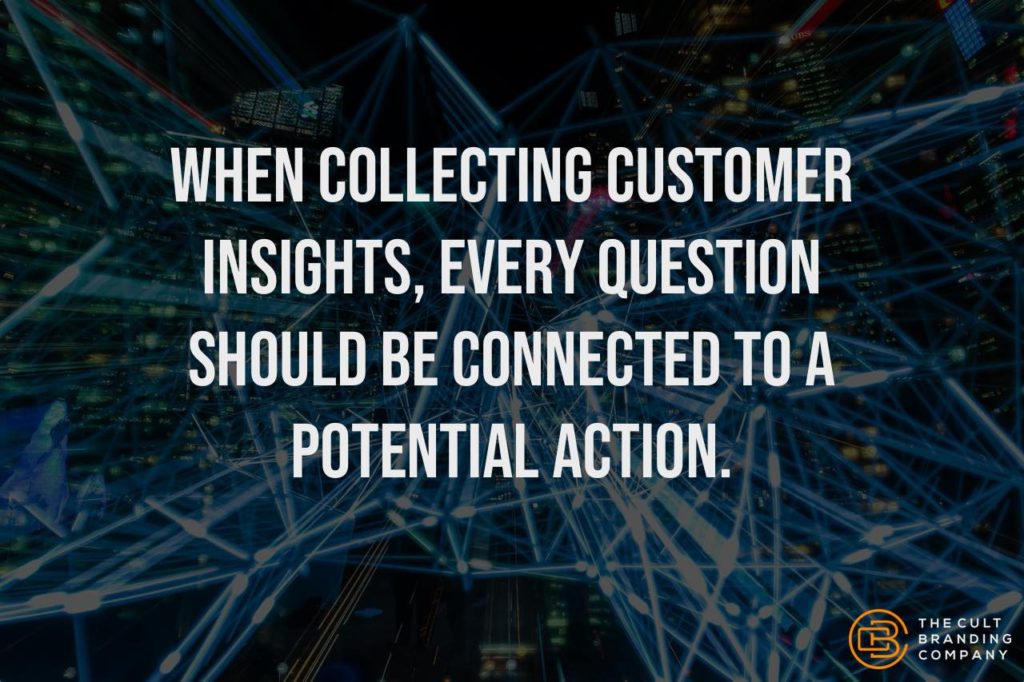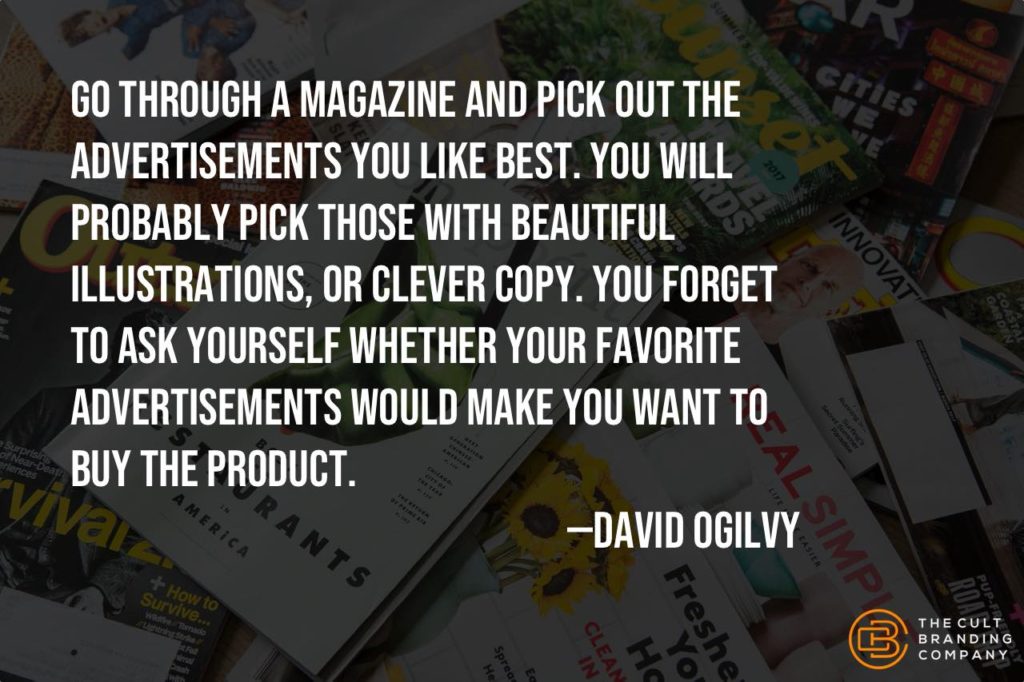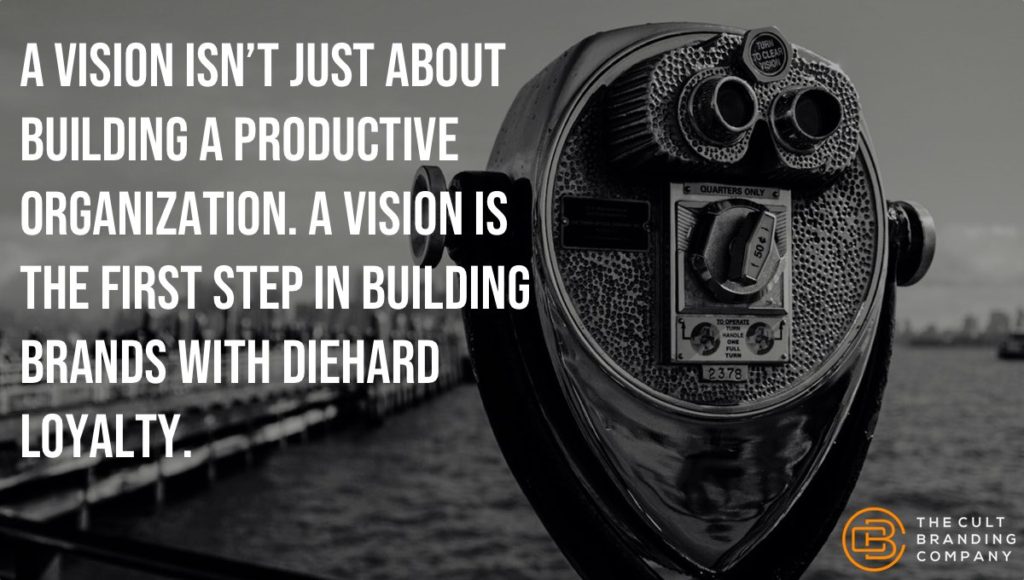
A vision gives you clarity on what you should and shouldn’t do. It forces you to stand for something instead of being for everyone. And, it gives you the confidence to make those decisions: when you have a vision you believe in, you’ll have the emotional wherewithal to fight for what’s best for the organization over the long-term, not just today.
Having a vision isn’t just about trying to achieve the vision. It’s about turning your company into the type of organization that has the potential to achieve the vision.
